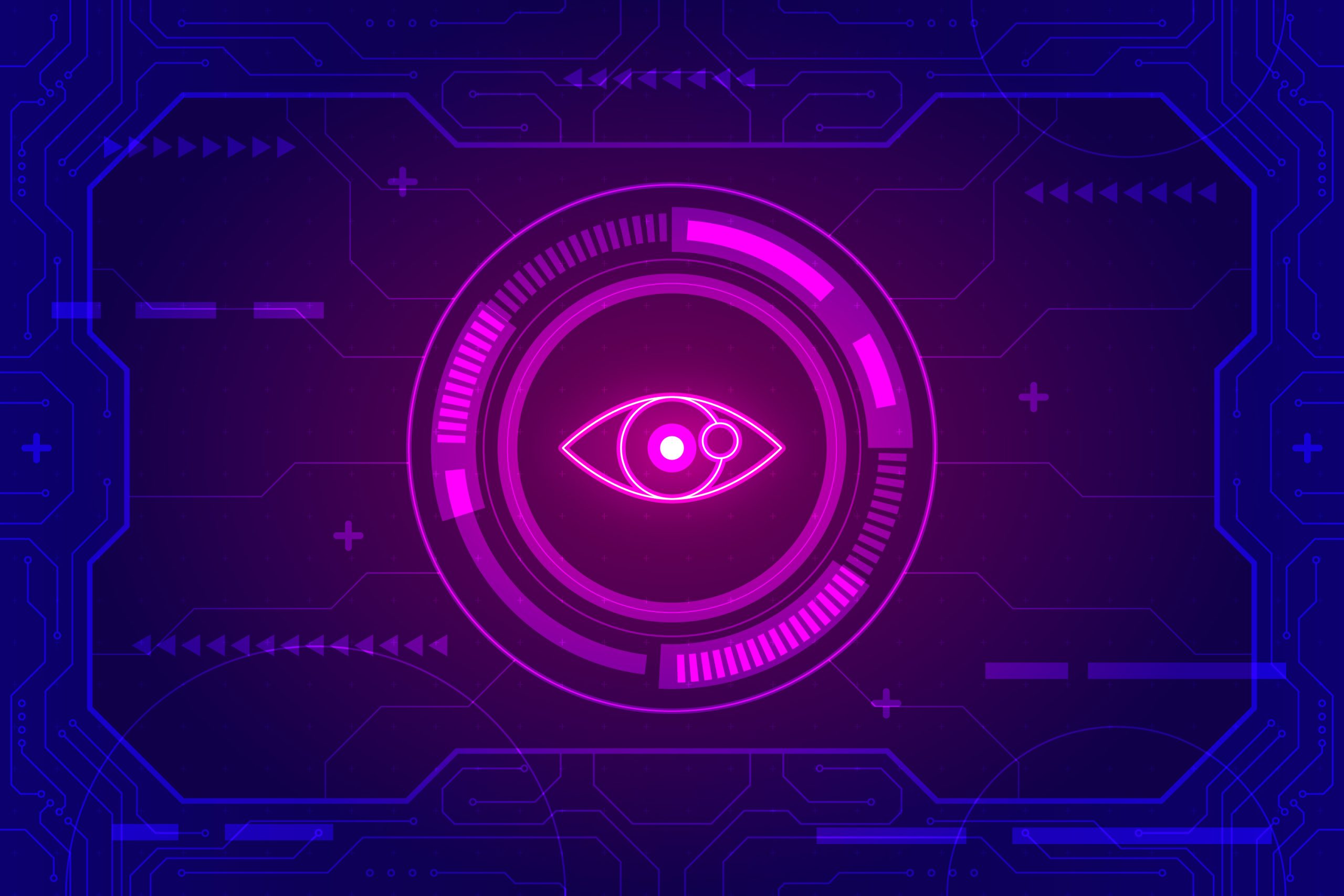To identify AI-generated content and ensure high-quality output, pay close attention to subtle signs like unnatural phrasing, lack of depth in emotional perspectives, or overly generic statements. These clues can signal AI involvement, but there’s more to the story. AI content can also struggle with factual accuracy, especially for complex or niche topics. Since AI relies heavily on its training data, which might not always be current or comprehensive, double-checking facts becomes even more important.
Additionally, be on the lookout for inconsistencies in tone or style throughout the piece. Smooth transitions and maintaining a consistent voice can be challenging for AI. Tools and techniques are available to distinguish between human and AI-written texts. This knowledge is crucial for maintaining the integrity and originality of your content.
What are the typical characteristics of AI-generated content?
AI-generated content often excels in factual accuracy but struggles with the depth or analysis a human writer can provide. While it can assemble information from various sources, it might falter in originality or insights beyond its training data. In terms of style, AI can craft grammatically flawless sentences, but the natural flow of human language can be missing. Sentences might sound repetitive or awkward, lacking the personal touch of a human writer.
Another characteristic is the similarity between AI-generated content. By learning from existing patterns, its writing tends to be homogenous, lacking the stylistic quirks that differentiate human authors. While it can adapt to different tones, it can sometimes make the mistake of abruptly shifting registers, creating a sense of inconsistency.
How can I use tools to detect AI-authored texts?
There are several AI detection tools available online that can help you identify AI-written content. These tools analyze the text for patterns and features that are common in AI-generated writing. Some popular options include Originality.ai, Sapling, and Copyleaks. These tools offer varying degrees of accuracy and may have limitations in handling very short pieces of text.
While AI detection tools are a helpful starting point, it’s important to remember they aren’t foolproof. For the most reliable results, consider combining them with manual analysis techniques for a well-rounded approach.
Are there manual strategies to distinguish AI content?

Certainly! Apart from automated tools, there are manual strategies that can be quite effective. When reading content, pay close attention to repetition, lack of depth, or any subtle signs of inauthenticity.
Additionally, look out for a robotic tone or an absence of personal anecdotes, which are typical in human-written texts. Critical reading and a healthy dose of skepticism can go a long way in identifying AI-generated content.
How does keeping up with AI developments improve content detection?
Staying informed about the latest advancements in AI technology can enhance your ability to detect AI-generated content. By understanding the capabilities and limitations of current AI models, you can better identify tell-tale signs of AI involvement in content creation. This knowledge is invaluable for maintaining high content standards.
If you found this guide useful and are keen to learn more about the evolving landscape of AI, including the latest tools to keep your content genuine and high-quality, check out our pillar article: “ChatGPT & GPT-4 Meet Their Match: Introducing the Next-Generation AI Detector“.
- Remote Hiring in 2025 - April 5, 2025
- Burnout in Remote Teams: How It’s Draining Your Profits - January 27, 2025
- Signs You’re Understaffed - January 20, 2025
